Contributing to the fight against smog: what role can the uST solution play in megacities?
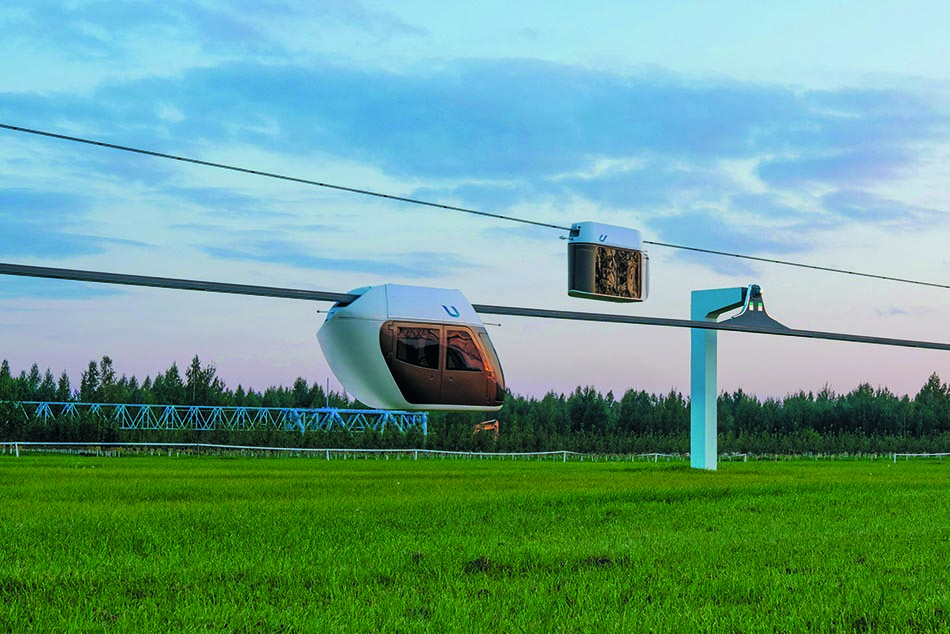
Constant traffic jams and smog are a serious problem in big cities. The situation is especially difficult in Asia, where in such megacities as Beijing, New Delhi, Seoul, residents do not see the sky for months because of toxic emissions that poison the atmosphere and adversely affect their health. Therefore, people are forced to wear respirators or protective masks outside all year round. The smog also affects urban vegetation, buildings, materials of load-bearing structures, pets and birds die. Is it possible to get rid of smog and radically solve the problem of urban pollution?
A billion dollars for a sunny day
For a long time, the capitals of Asia's two largest countries, New Delhi and Beijing, had some of the dirtiest skies in the world. On the worst days, millions of people were shrouded in thick gray smog that obscured the sun and made breathing very difficult. Dense smog reduces the penetration of solar energy, lowering the surface temperature and thus increasing heating costs. At the same time, corrosion processes are accelerated, rubber and some polymer materials wear out faster, and paint coatings crack.
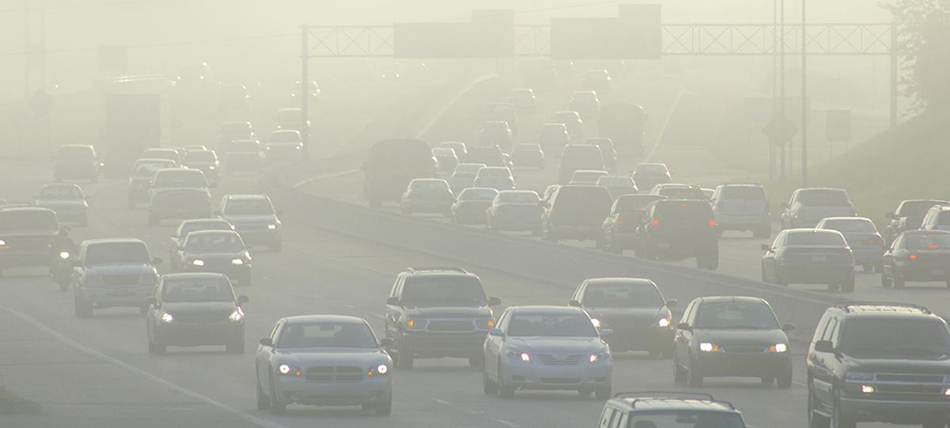
A lot of money has been spent on improving the urban environmental situation. For example, the Chinese government declared a real war on pollution in 2013. In particular, an air purification program was adopted for Beijing, for which $100 billion was allocated.
Factories were closed, old cars were driven off the roads, and in 2022, Beijing officials announced that the city now has 100 more days of clear skies a year than at the start of the campaign. That came out to a billion dollars for each sunny day.
Transport as a major source of smog
The skies over the Indian city of New Delhi become clouded with acrid smoke every year due to pollution from millions of vehicles. In the fall of 2022, officials were forced to temporarily stop truck traffic, close schools and ask people to work from home because the air was unfit to breathe.
"We are not breathing the air, we are smoking it," said Jyoti Pande Lavakare, a New Delhi-based environmental activist and author of "Breathing Here is Harmful to Your Health."
The cause of local air pollution has been known since the 1990s. In an official government document dated 1997, vehicle exhaust and industrial emissions were identified as the main culprits. The largest amount of exhaust gases is emitted by road and railway transport. In general, road transport accounts for 91.3% of air pollution, railway transport – for 3.7%, sea transport for – 2.7%, air transport – for 1.4% and river transport – for 0.9%. In addition to exhaust gases, it is also worth taking into account the aerosol pollution by fine particles of car tires, which can freely penetrate into the human lungs, causing bronchial asthma, allergic reactions, and in contact with mucous membrane and skin – rhinitis, conjunctivitis and urticaria. At the same time, such tire dust is practically not withdrawn from the human body. It was proposed to take decisive measures.
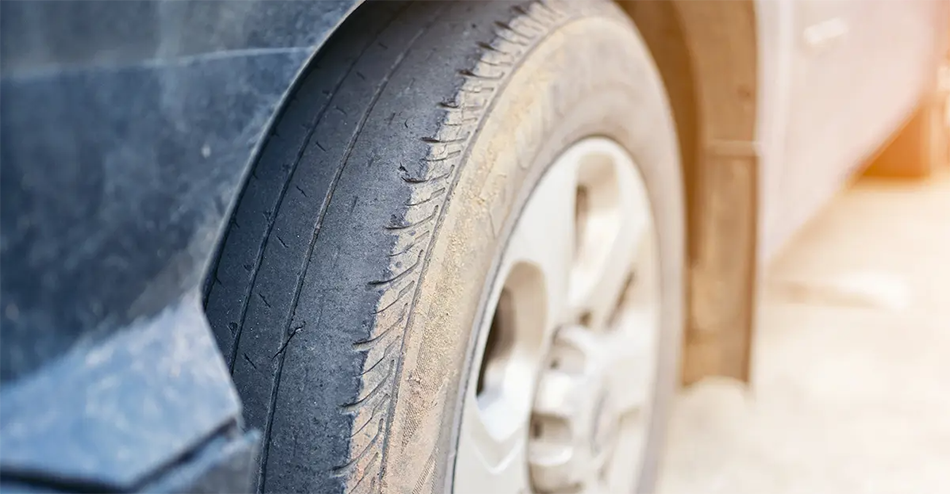
In the 1990s, the city tightened emission standards and relocated polluting industries. There was a requirement to convert buses and auto-rickshaws from diesel to compressed natural gas.
The fact that motor vehicles are the main source of smog is also confirmed by studies conducted by the University of Central Asia (UCA) on motor vehicle emissions in Bishkek from 2015 to 2020.
The quarantine imposed in March 2020 during the COVID-19 pandemic helped to compile a more accurate picture of air pollution in the city. "In these couple of months, when traffic has been significantly reduced," Dr. Erkin Isayev noted, "we have been able to take measurements that could not have been calculated before."
According to the data obtained during the quarantine, the levels of PM2.5 (a fine particulate matter considered hazardous) decreased along with the content of other substances. Thus, UCA studies have shown that it is vehicles that significantly pollute the air in Bishkek.
Lung cancer and dementia: what living in smog leads to
Exhaust gases contain a lot of nitrogen and carbon oxides, ozone, polycyclic aromatic hydrocarbons, which poison urban vegetation. Flowers wither, leaves become discolored and fruit-bearing stops under their impact. When tires wear out, large amounts of not only tire dust, but also carcinogenic substances are released into the environment, causing various cancer diseases in humans.
Constant living in smog done by exhaust fumes leads to immunodeficiency and can cause many diseases, including bronchopneumonia and lung cancer.
The brain also suffers greatly from exhaust fumes: atherosclerosis of blood vessels occurs, nerve tissues are damaged, which is fraught with dementia.
The technologies that will help turn the tide
Smog poses a great danger to the entire biosphere, and the most effective way to solve the problem is to get rid of its cause. In this case, from motor vehicles, which account for most of the emissions and take up a lot of land for highways, roads and overpasses – this is a perpetual source of pollution and maintenance costs.
Today, one of the most efficient and environmentally friendly developments in the field of transportation belongs to UST Inc. These are uST automated transport and infrastructure complexes that can be integrated into the system of "smart cities", including the possibility of laying power lines and fiber-optic information networks inside the string-rail track structure.
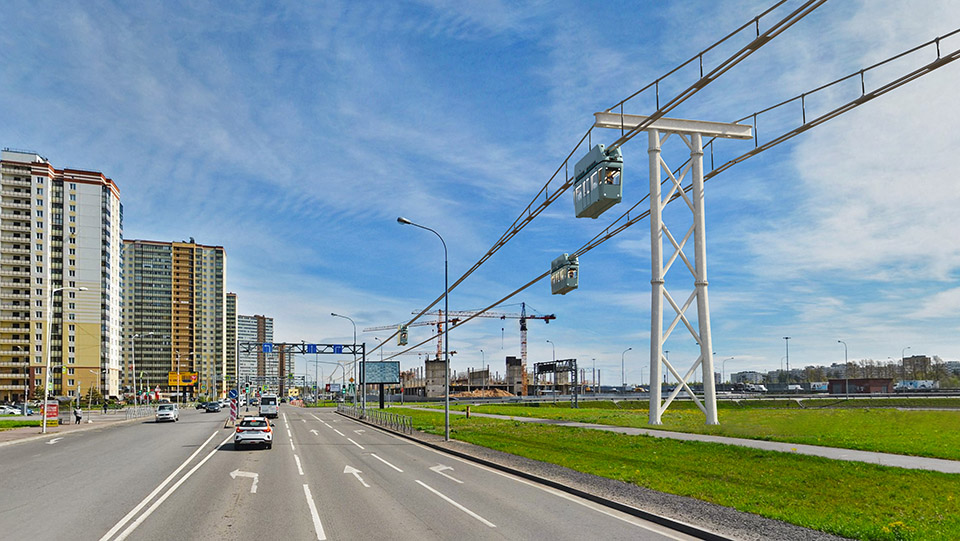
Such complexes require minimal land acquisition and are absolutely safe for passengers, as autonomous uPods move above the ground, which excludes accidents and other dangerous situations typical of ground transportation. Electricity is used as a source of energy rather than diesel or gasoline fuel with high pollution levels. The low energy consumption by uST transport is achieved due to its high aerodynamic qualities. Transport overpasses are noted for their low consumption of construction materials due to the pre-tensioning of string rails and the simplicity of uPods design. The absence of massive drives, massive frames, heavy running carriages and wheelsets saves from high production costs. The use of steel wheels excludes emissions of finely-dispersed particles from car tires.
The uST passenger complexes are capable of servicing up to 50,000 people per hour and the cargo complexes can haul between 1 and 100 million tons of cargo per year.
"The supports on which the track structure is mounted can be up to 2 km apart (in some cases more), which means it is capable of passing over residential and industrial buildings, roads, railways," Deputy General Designer for Science at UST Inc. Sergey Artyushevsky said. "The complex is easier than many transportation solutions to fit into the urban architecture, removing from circulation the motor vehicles that produce a large quantity of harmful emissions. The construction of the complex will help to avoid chemical pollution of the environment, as well as reduce the physical impact on people – noise, electromagnetic, vibrational. We want to see our planet green and blooming and pass it on to future generations like this."
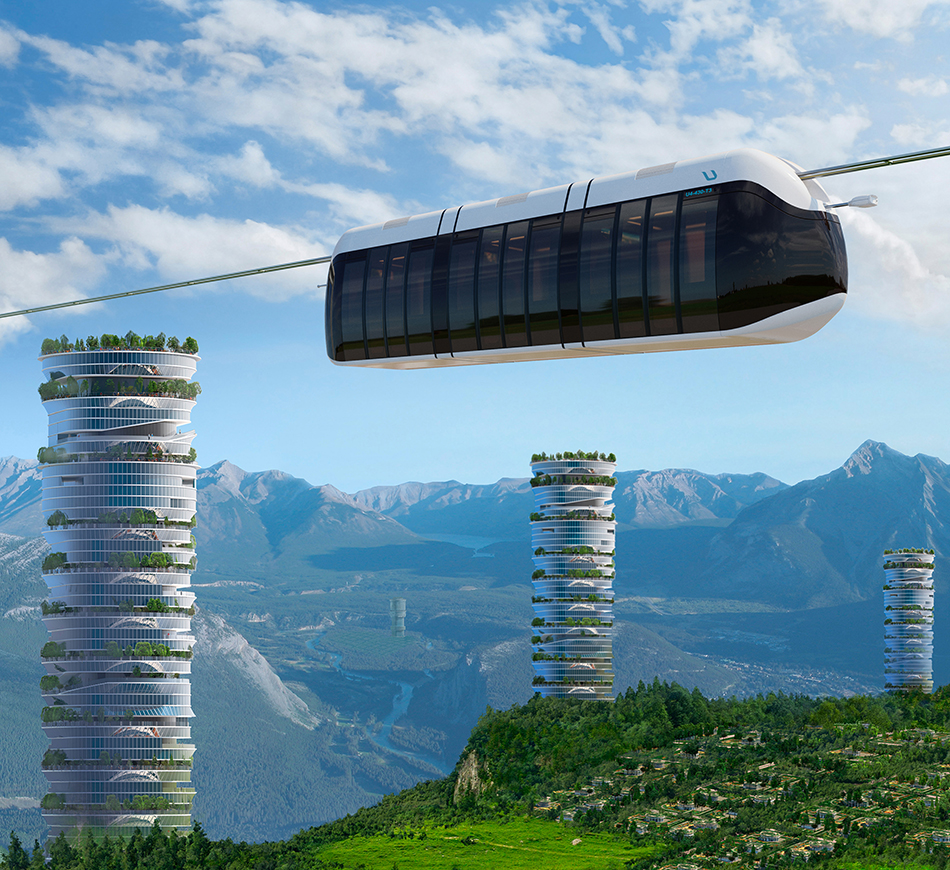
Is it possible to get rid of smog?
Yes, if the transition to new, "green" technologies starts right now. And it will not always be a costly endeavor. The example of uST transport and infrastructure complexes shows that environmentally friendly technologies can require significantly lower costs than traditional technologies and have considerably higher efficiency factor at the same time.
Such technologies open up great prospects for the rehabilitation of our planet. The main thing is not to be afraid to accept them.
More news
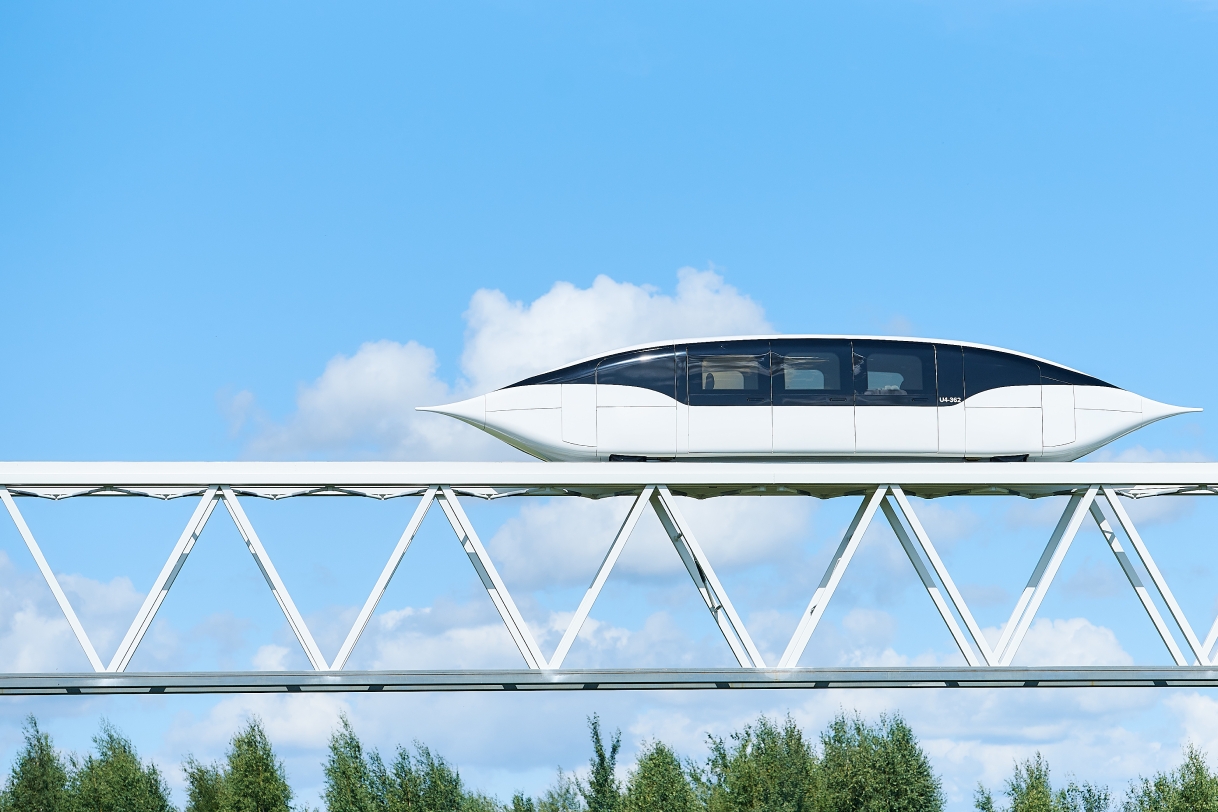
Blog
6 January 2023
Outstanding Performance: Talking About uST Transport Aerodynamics
The aerodynamic performance of a vehicle is a key factor in its efficiency and economy. This parameter affects speed, fuel consumption and transportation costs. In uPods we use a technology that enables them to achieve outstanding performance in this regard.
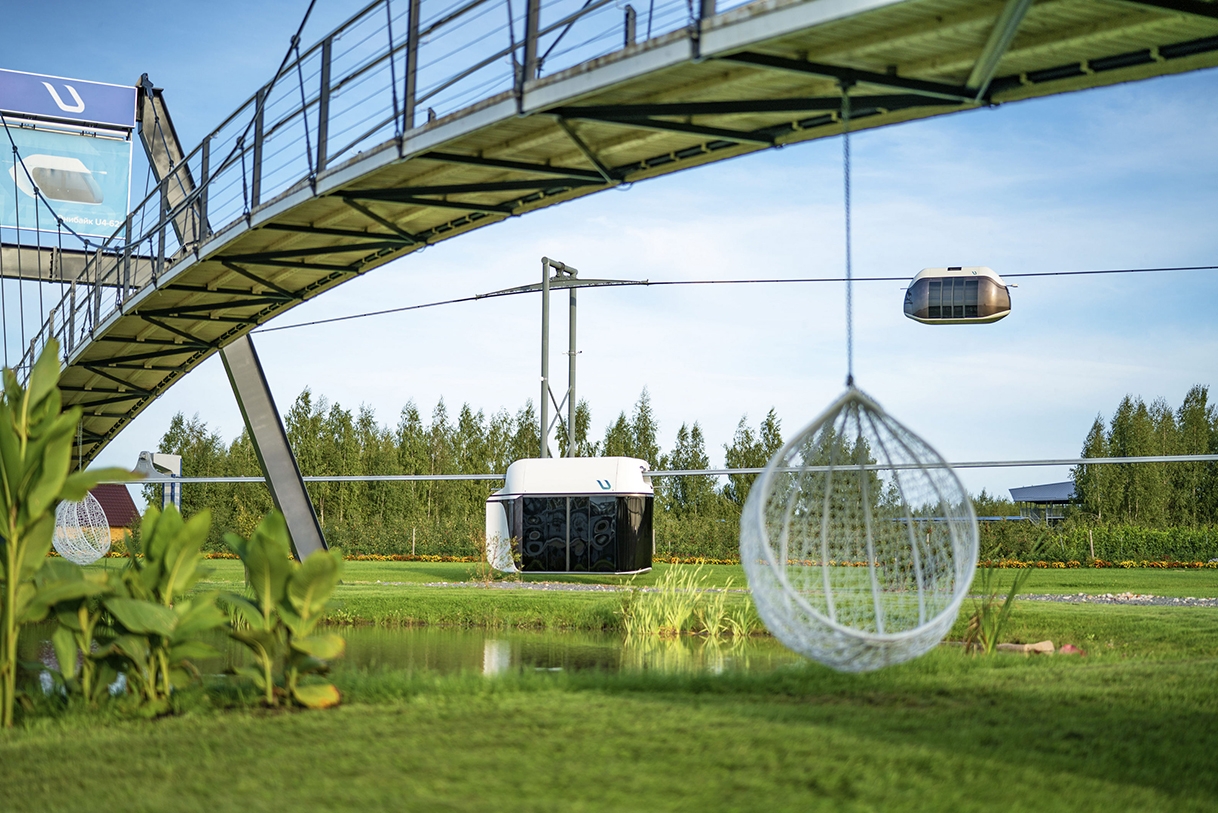
News
5 Junе 2023
Where Are UST Inc.’s Elevated Vehicles Tested?
Uncrewed electric vehicles, string rail overpasses, stations, depots as well as tree alleys and well-groomed gardens. Such a harmonious neighborhood of nature and technology can be seen in EcoTechnoPark.
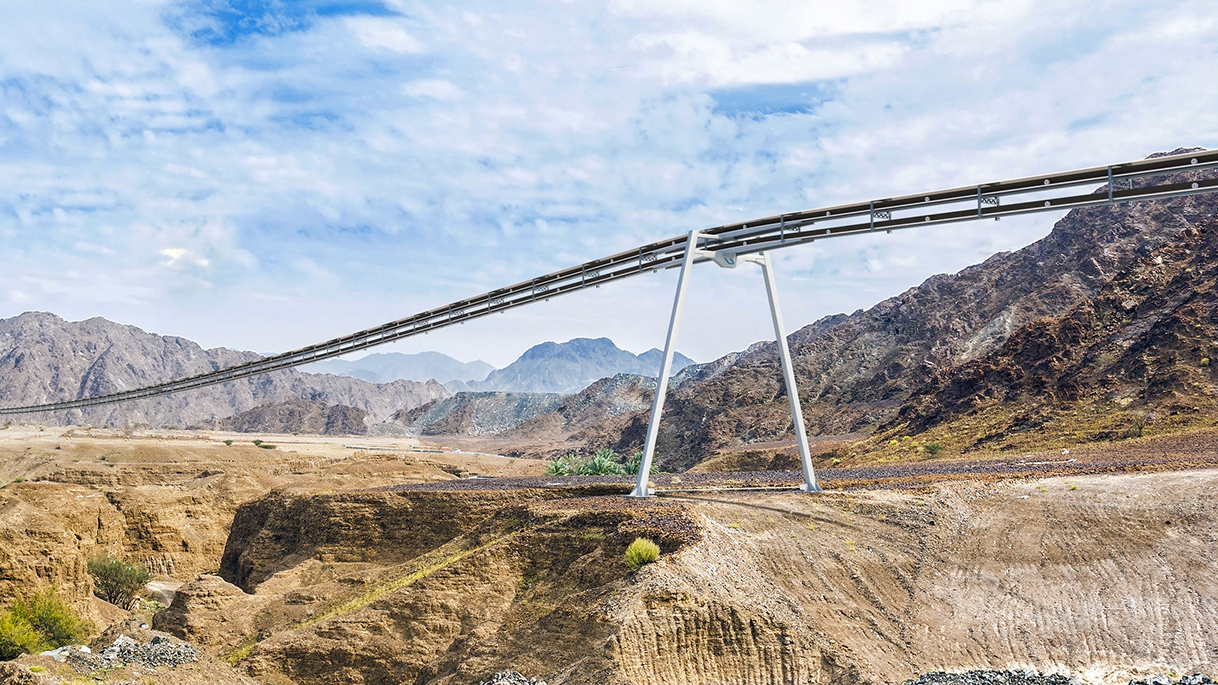
News
12 Junе 2023
UST Inc. Participates in the International Exhibition of Mining Technologies
Unitsky String Technologies Inc. became a member of the 31st International specialized exhibition of mining technologies “Coal of Russia and mining”. This greatest event in the field of underground coal mining took place in the city of Novokuznetsk.

